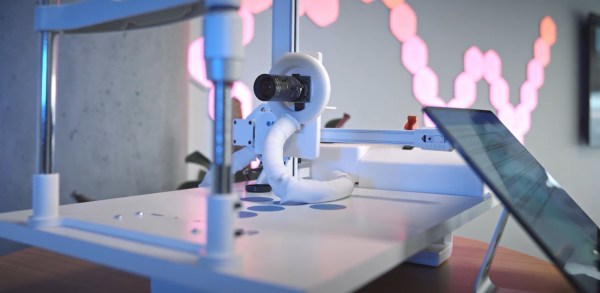Edge computing is the new paradigm in computing that facilitates the link between an Internet connection and data storage to the desired location. Thus it improves response times and saves on bandwidth.
It also allows users to obtain faster and more reliable services, while offering businesses flexibility in how they use and distribute their resources across a wide range of locations. 5G and fibre optics are two key technologies for the proper development of this technology.
In order to understand the Edge Computing process, its relationship with the operation of certain Cloud Computing technologies must be developed.
Learn about this and other key concepts in Edge Computing below:
Understanding Edge Computing
To understand this concept properly, one must address some of its main characteristics:
- It runs workloads in the cloud, which are IT environments that are extracted, pooled and then share flexible resources on a network.
- It centralises services in the cloud in a big data cluster. This process allows resources to be expanded and shared more efficiently, without relinquishing business security and control.
- Edge computing handles those circumstances in which the centralisation approach of cloud computing cannot adequately address, due to network requirements or other constraints.
Several telecommunications service providers have made the use of Edge Computing a priority, because when working with network-intensive applications such as voice and video calls, every second counts.
This new technological trend significantly reduces the effects of latency (the time it takes for information to go to the server and return to the user). In some environments, the best way to optimise processes is to avoid communication with the cloud, as far as this is possible. This allows for reduced latency, less bandwidth consumption and immediate access to analysis and status assessment of sensors and devices.

How an Edge Computing network is set up
In order to offer faster, more reliable services, edge computing must be built on top of a specific network structure. These are the key concepts:
- Main system of the company or supplier. These are the traditional tiers that are not at the edge of the network. These belong to public cloud providers, telecommunications service providers or large enterprises operated by them.
- Service provider edge. This level is located between the main or regional data centres, and is the last leg of the network. It is commonly owned and operated by telecommunications companies or Internet service providers, who usually provide their services to a number of customers.
- End user installation edge. At this level the network can include enterprise edge computing. For example, a small shop, a factory or a train. And in the case of consumers, their home or vehicle.
- Device edge. These are stand-alone systems that are not clustered and connect directly to sensors or actuators via non-Internet protocols. This represents the far edge of the network.
Advantages of Edge Computing
Edge computing helps to reduce network costs, avoid bandwidth constraints, reduce transmission delays and limit service errors. It also controls the transfer of sensitive data and reduces loading times.
It also stands out for its contribution to the applications market, enabling shorter response times and better service quality. The latter is particularly important for augmented reality and virtual reality.
Finally, this IT revolution contributes to the implementation of digital transformation strategies in organisations, improving data storage, enhancing information security and optimising technological processes. All this translates into a better browsing experience for the user.









